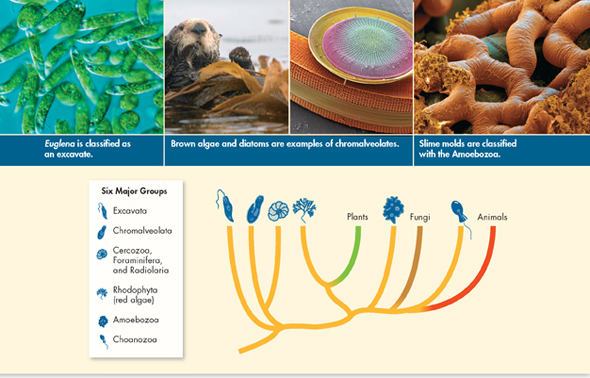
FIGURE 21–2 Protist Classification—A Work in Progress This cladogram represents an understanding of protist relationships supported by current research. Interpret Diagrams Which group of “protists” is most closely related to plants? Which group is most closely related to animals? To fungi?
dMultiple Kingdoms? The most recent studies of protists divide them into six major clades, shown in Figure 21–2, each of which could be considered a kingdom in its own right. Where would that leave the plant, animal, and fungi kingdoms? Surprisingly, they fit right into these six clades, and two of them, animals and fungi, actually emerge from the same protist ancestors.
In a way, this should have been expected. Protists were the first eukaryotes, and evolution has had far more time to develop differences among protists than among more recently evolved eukaryotes like plants and animals. In other words, by finding the fundamental divisions among protists, we also identify the most basic differences among all eukaryotes. You should expect protist classification to change yet again as biologists learn more about the genomes of these remarkable organisms.
What “Protist” Means Today Today biologists assembling what is often called the Tree of Life favor the classification shown above. But the word “protist” remains in such common usage, even among scientists, that we continue to use it here. Bear in mind, however, that the “protists” are not a single kingdom but a collection of organisms that includes several distinct clades. This is why the term is sometimes surrounded by quotation marks.
For more on the diversity of protists, go to the Visual Guide.  DOL•10–DOL•15
DOL•10–DOL•15
Table of Contents
- Formulas and Equations
- Applying Formulas and Equations
- Mean, Median, and Mode
- Estimation
- Using Measurements in Calculations
- Effects of Measurement Errors
- Accuracy
- Precision
- Comparing Accuracy and Precision
- Significant Figures
- Calculating With Significant Figures
- Scientific Notation
- Calculating With Scientific Notation
- Dimensional Analysis
- Applying Dimensional Analysis




